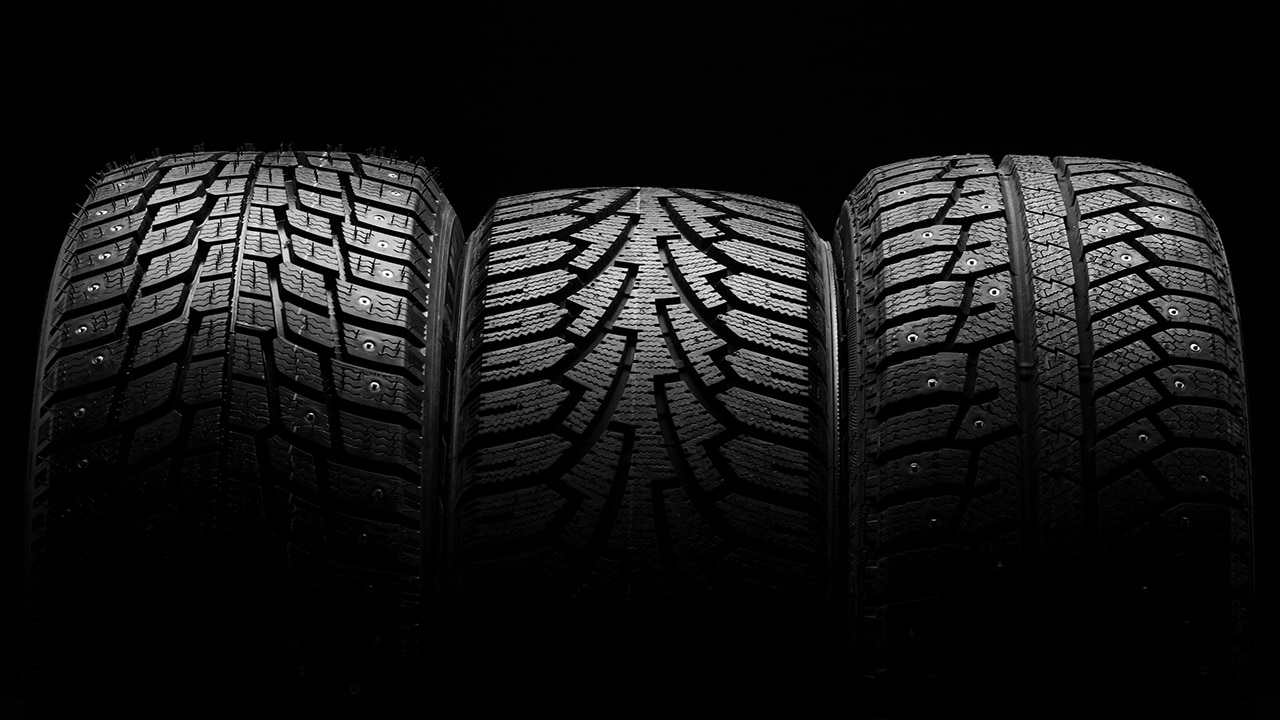All Categories
Featured
Table of Contents
The Michelin used a comfy driving experience, characterised by receptive guiding and a modern understeer balance. Regardless of the cooler testing conditions, Michelin's consistent time and grip over three laps shows its suitability for real-world applications.
An additional remarkable facet was Yokohama's workout time. The tire's first lap was a 2nd slower than the 2nd, indicating a temperature-related grip increase. This recommends the Yokohama might beam in dry, race-like conditions. For day-to-day use, the Michelin might be a more secure wager. Successor was the Hankook.
Tyre Tuning Near Me – Wangara
It shared Michelin's safe understeer balance but lacked the latter's determination to turn. Continental and Goodyear's performances were noteworthy, with Continental's brand-new PremiumContact 7 revealing a substantial enhancement in wet conditions compared to its precursor, the PC6. This design was far less conscious fill adjustments and acted similar to the Michelin, albeit with somewhat much less communication at the restriction.
It combined the risk-free understeer equilibrium of the Michelin and Continental with some stylish handling, proving both predictable and fast. As an all-rounder for this Golf GTI, Goodyear's Crooked range was the standout, demonstrating outstanding performance in the damp. The Bridgestone Potenza Sporting activity took the crown as the fastest tyre, albeit by a little margin.
This tire got grippier as it warmed up, comparable to the Yokohama. Drivers looking for an exciting wet drive could find this tire worth taking into consideration. The standout entertainer in wet braking was the most recent tyre on test, the PremiumContact 7, though the outcomes are nuanced. We conducted damp braking examinations in three different means, two times at the new state and once at the worn state.
Reliable Tyre Checks – Wangara WA
Preferably, we desired the cool temperature level test to be at around 5-7C, yet logistical delays meant we checked with an ordinary air temperature level of 8C and water at 12C. While this was cooler than typical test conditions, it was still warmer than real-world problems. The cozy temperature level examination was done at approximately 18C air and 19C water.
The third run entailed wet stopping examinations on used tires, particularly those machined to 2mm with a little run-in. While we intended to do even more with these used tyres, weather condition restrictions restricted our testing. It's worth noting that wet stopping is most vital at the used state, as tyres normally enhance in dry problems as they put on.

It shared the most significant performance decline, alongside the Yokohama, when worn. Bridgestone, Goodyear, and Michelin saw the least performance decrease when used. Bridgestone and Goodyear's efficiency dipped in cooler conditions. The Hankook tire registered the tiniest efficiency decline as temperatures cooled down, however it was among the most influenced when put on.
Leading Tyre Servicing Near Me
The take-home message right here is that no single tire excelled in all elements of wet stopping, suggesting a complex interaction of aspects affecting tire efficiency under different problems. There was a standout tire in aquaplaning, the Continental ended up top in both straight and rounded aquaplaning, with the Michelin and Goodyear also excellent in deeper water.

Yokohama could profit from slightly even more grasp, an issue possibly influenced by the colder problems. When it comes to taking care of, all tires executed within a 2% array on the lap, demonstrating their high-quality performance (Wheel balancing). Considering these tyres basically target the same client, it's fascinating to observe the substantial differences in feel.
The surprise is due to the fact that the PremiumContact 6 was among my favourites for flashy completely dry drives, however its successor, the PremiumContact 7, appears much more fully grown and looks like Michelin's performance. Amongst these, Hankook was the least exact in steering and interaction at the limit. Tyre shop services. Both Michelin and Continental used beautiful initial guiding, albeit not the fastest
If I were to suggest a tire for a fast lap to a beginner, claim my daddy, it would certainly be just one of these. After that we have the 'fun' tyres, particularly Yokohama and Bridgestone. Both were swift to steer and really felt sportier than the others, but the compromise is a more spirited back end, making them a lot more difficult to deal with.
Honest Tyre Shop – Wangara WA
It supplied similar guiding to Bridgestone however supplied better comments at the restriction and much better hold. The Bridgestone Potenza Sport, nevertheless, seemed to degrade rather swiftly after simply 3 laps on this demanding circuit. Lastly, there's Goodyear, which positioned itself someplace between the fun tyres and those often tending towards understeer.
All in all, these tires are exceptional entertainers. In terms of tire wear, the approach utilised in this test is what the industry refers to as the 'gold criterion' of wear.
Both the Bridgestone and Yokohama tyres substantially underperformed in comparison to the other four tyres in regards to rolling resistance, with Continental somewhat exceeding the rest. Regarding the comfort degree of the tyres, as prepared for, the majority of showed an inverted connection with handling. The Continental, Michelin, and Goodyear tires executed finest across different surface area types checked.

Bridgestone started to reveal indications of suppleness, while Yokohama was especially rough over pockets. We did determine inner sound degrees; nonetheless, as is typically the instance, the outcomes were carefully matched, and due to weather restraints, we were incapable to conduct a subjective analysis of the tires sound. We looked at abrasion numbers, which determine the quantity of tyre step lost per kilometre, normalised to a one-tonne vehicle.
Tyre Repair
This number represents the quantity of rubber dirt your tires produce while driving. Michelin led in this category, creating over 9% much less rubber particle issue.
Latest Posts
Best Tyre Safety Checks – Swan 6054 WA
Leading Tyre Tuning Near Me (Wangara)
Tyre Performance